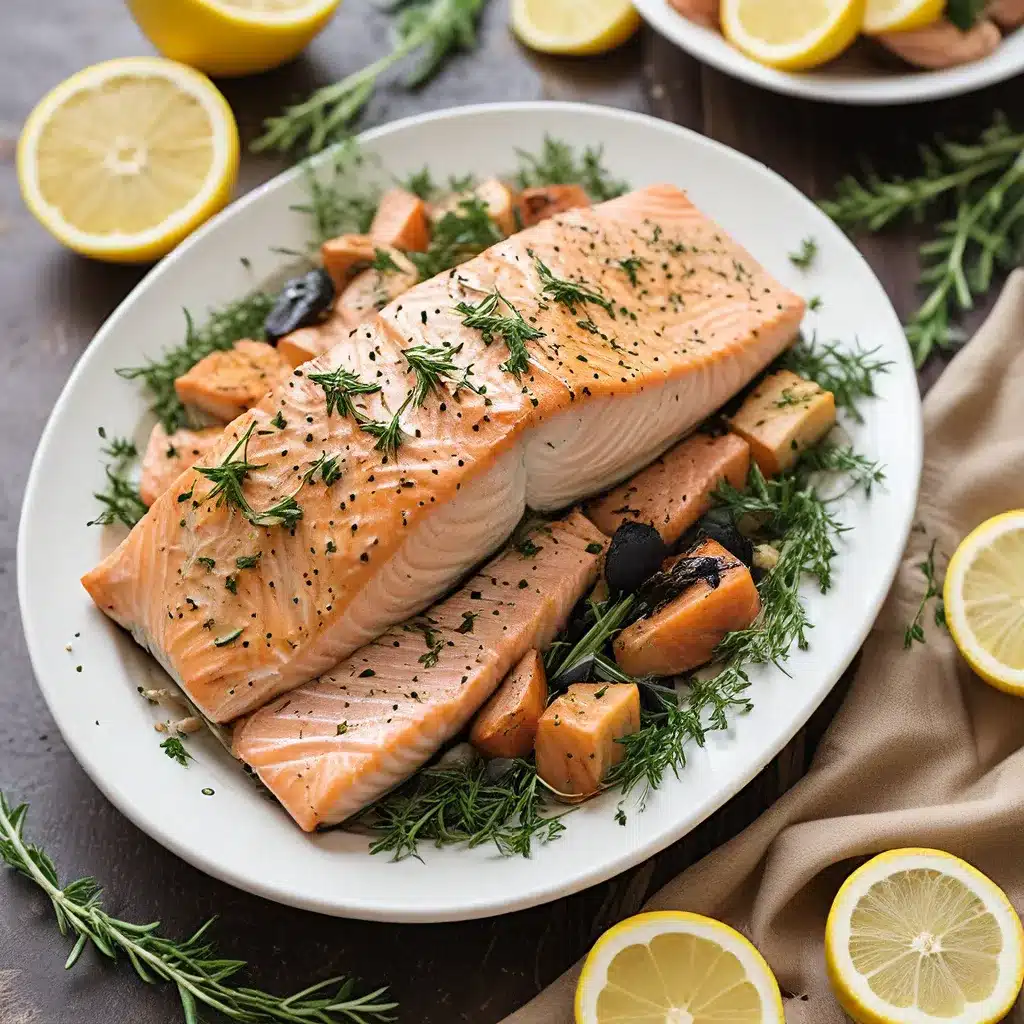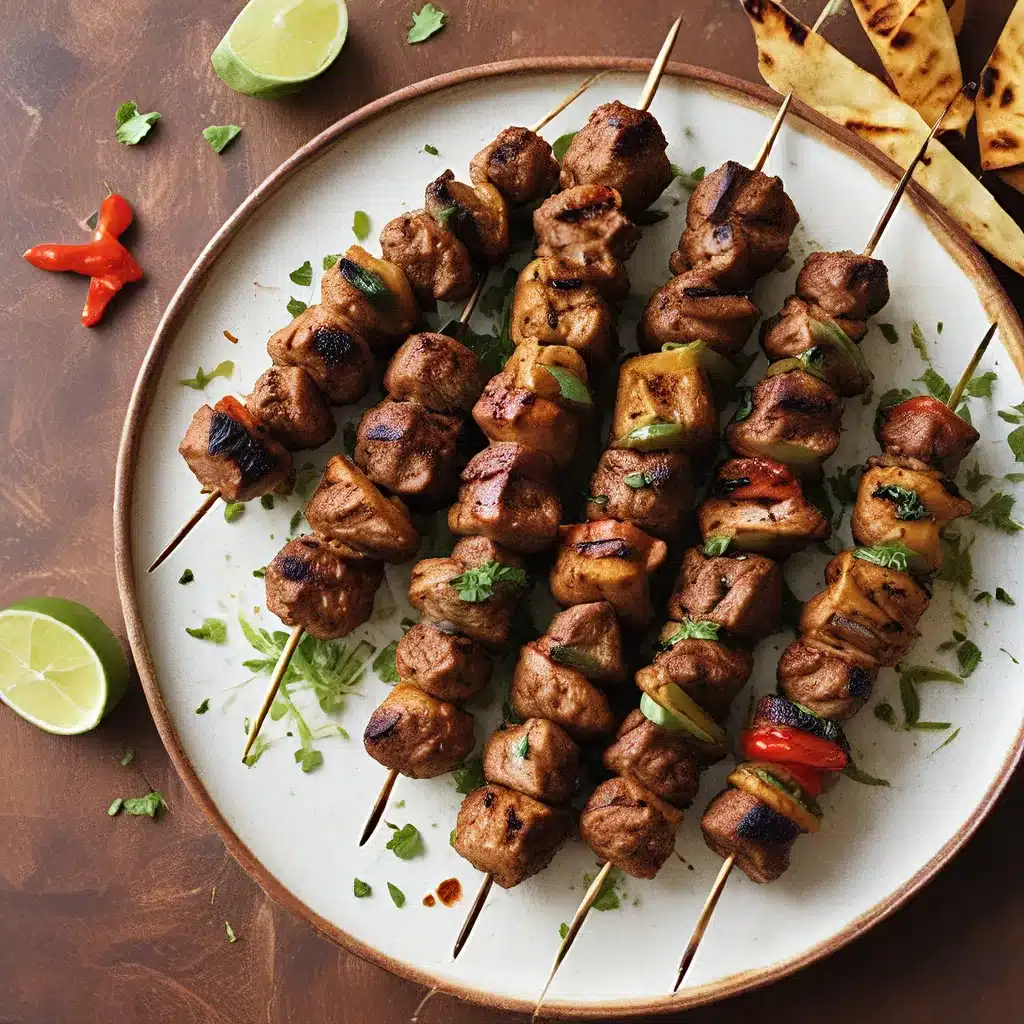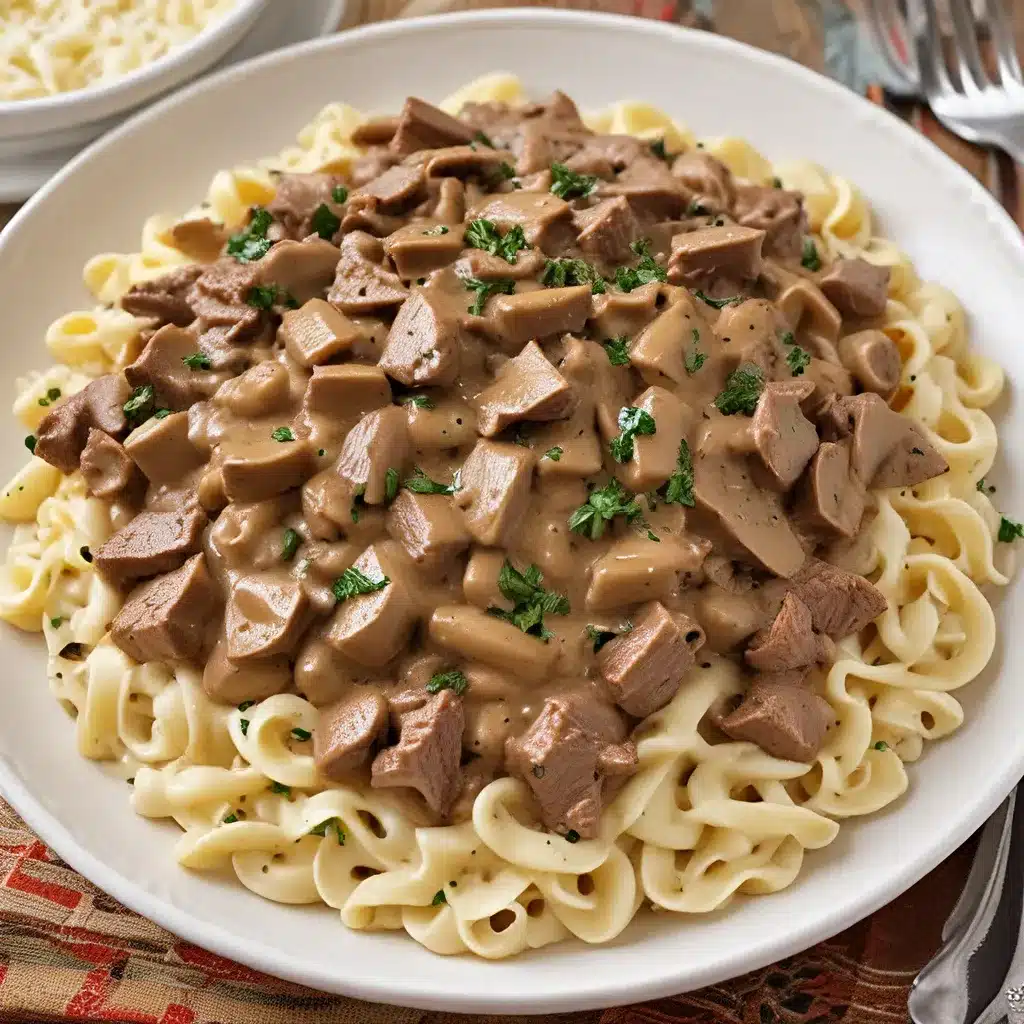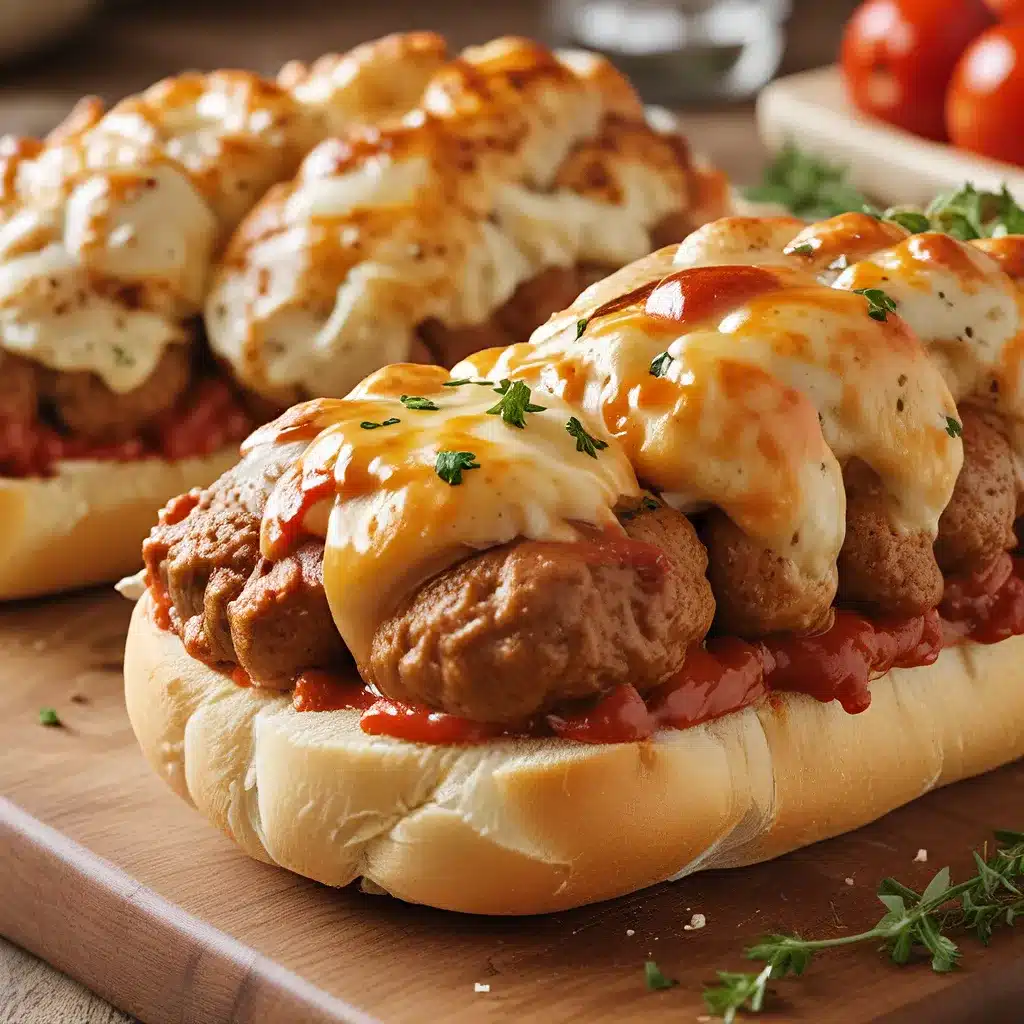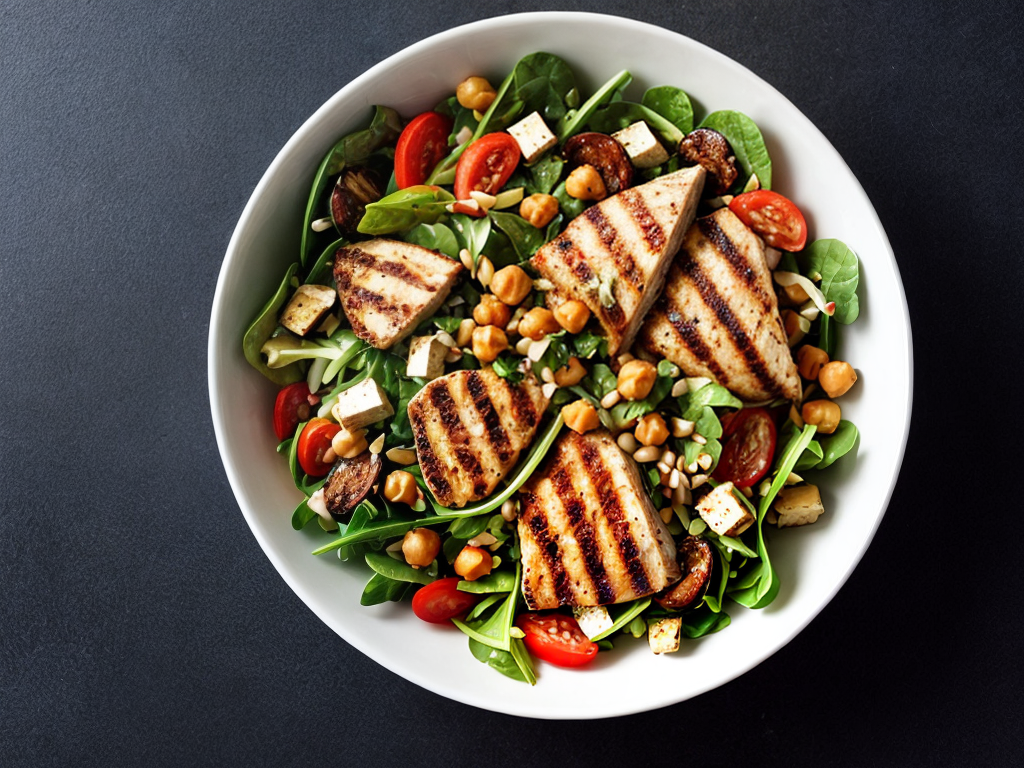
As I was preparing my usual salad for lunch, I couldn’t help but wonder how I could make it even more satisfying and nutritious. That’s when I discovered the secret to creating a truly balanced salad meal: adding protein and grains. In this discussion, I will share with you my tips and tricks on choosing the right protein, incorporating nutrient-rich grains, preparing protein-packed salad toppings, mixing grains for added texture, and exploring dressing ideas to complement your protein and grains. Trust me, you won’t want to miss out on these simple yet game-changing ideas.
Choosing the Right Protein
When making a salad meal with protein and grains, it is important to choose the right type of protein. Incorporating plant-based options can be a great way to add variety and nutrition to your salad. Plant-based proteins such as tofu, tempeh, and legumes can provide essential nutrients while also being lower in saturated fat compared to animal-based proteins. These options are also rich in fiber, which can help promote better digestion and overall gut health.
Another important aspect of choosing the right protein for your salad is considering marinating techniques. Marinating your protein before adding it to your salad can enhance the flavor and texture, making it more enjoyable to eat. Marinating tofu or tempeh in a mixture of soy sauce, garlic, and ginger can infuse it with delicious flavors. Similarly, marinating legumes like chickpeas or black beans in a tangy vinaigrette can add a refreshing twist to your salad.
Incorporating Nutrient-Rich Grains
To create a well-rounded salad meal with protein and grains, it is important to incorporate nutrient-rich grains that provide both flavor and nutritional benefits. Whole grain options are a great way to add texture and substance to your salad, while also boosting its nutritional value. Whole grains, such as quinoa, brown rice, barley, and farro, are packed with fiber, vitamins, and minerals that can support a healthy diet.
Incorporating grains into your salad not only adds a satisfying crunch but also helps to keep you feeling full and satisfied for longer periods of time. The high fiber content of whole grains aids in digestion and can help regulate blood sugar levels. Additionally, whole grains contain important nutrients like iron, magnesium, and B vitamins that support overall health and wellbeing.
When choosing whole grain options for your salad, opt for varieties that are minimally processed and free from added sugars and unhealthy fats. Look for labels that indicate the product is made from 100% whole grains to ensure you are getting the maximum nutritional benefits.
Preparing Protein-Packed Salad Toppings
For a protein-packed salad, I like to prepare a variety of toppings that add both flavor and nutritional value. Incorporating plant-based options is not only good for your health, but also for the environment. One of my favorite plant-based protein toppings is marinated tofu. To make it, I press and drain the tofu to remove excess water, then slice it into small cubes. I create a marinade using soy sauce, minced garlic, and a touch of maple syrup for sweetness. I let the tofu soak in the marinade for at least 30 minutes before sautéing it in a pan until it becomes golden brown and crispy. Another great option is marinated chickpeas. I rinse and drain canned chickpeas, then toss them in a mixture of olive oil, lemon juice, and spices like cumin and paprika. I let them marinate in the refrigerator for a few hours, then roast them in the oven until they are crispy. These protein-packed toppings not only add a satisfying crunch to your salad, but they also provide a good source of plant-based protein.
Mixing Grains for Added Texture
To add texture to the salad, I mix in a variety of grains. Grains not only provide a satisfying crunch but also offer nutritional benefits. Here are some grain selection and cooking techniques that can help you create a delicious and safe salad meal:
-
Whole grains: Opt for whole grains like quinoa, bulgur, or brown rice. These grains are packed with fiber, vitamins, and minerals. Rinse them thoroughly before cooking to remove any dirt or debris.
-
Cooking methods: Cook grains according to package instructions, ensuring they are tender but not mushy. Avoid overcooking, as it can affect the texture and taste of the grains.
-
Cooling technique: After cooking, let the grains cool completely before adding them to the salad. This prevents them from becoming sticky or clumpy.
-
Mixing ratio: Aim for a balanced ratio of grains to other salad ingredients. Start with a small amount and gradually increase based on your preference. Too many grains can overpower the other flavors in the salad.
Dressing Ideas to Complement Protein and Grains
I love experimenting with different dressings that perfectly complement the protein and grains in my salad meal. When it comes to dressing ideas for salads with protein and grains, there are plenty of variations to choose from. One important aspect to consider is balancing flavors with the protein and grains in order to create a harmonious, well-rounded taste.
One classic dressing option is a balsamic vinaigrette. Its tanginess pairs well with the earthiness of grains like quinoa or farro, as well as with proteins like chicken or tofu. Another popular choice is a lemon herb dressing, which adds a refreshing zing to salads with grains and seafood such as shrimp or salmon.
For those looking for a creamy option, a Greek yogurt-based dressing can be a great choice. It adds a rich and tangy flavor to salads with grains and grilled meats like steak or chicken. Additionally, a tahini dressing made from sesame paste can provide a nutty and slightly bitter taste that complements salads with grains and roasted vegetables.
When it comes to dressing your salad with protein and grains, it’s important to choose a flavor profile that enhances the overall taste. By experimenting with different salad dressing variations, you can find the perfect combination that will make your salad meal truly satisfying and delicious.
Conclusion
Incorporating protein and grains into a salad meal not only adds flavor and texture but also boosts its nutritional value. By choosing the right protein, such as lean meats, tofu, or beans, and incorporating nutrient-rich grains like quinoa or brown rice, you can create a well-rounded and satisfying meal. Preparing protein-packed salad toppings and mixing a variety of grains can add even more excitement to your salad. Don’t forget to experiment with different dressing ideas to complement the protein and grains perfectly. Enjoy a delicious and nutritious salad meal!

